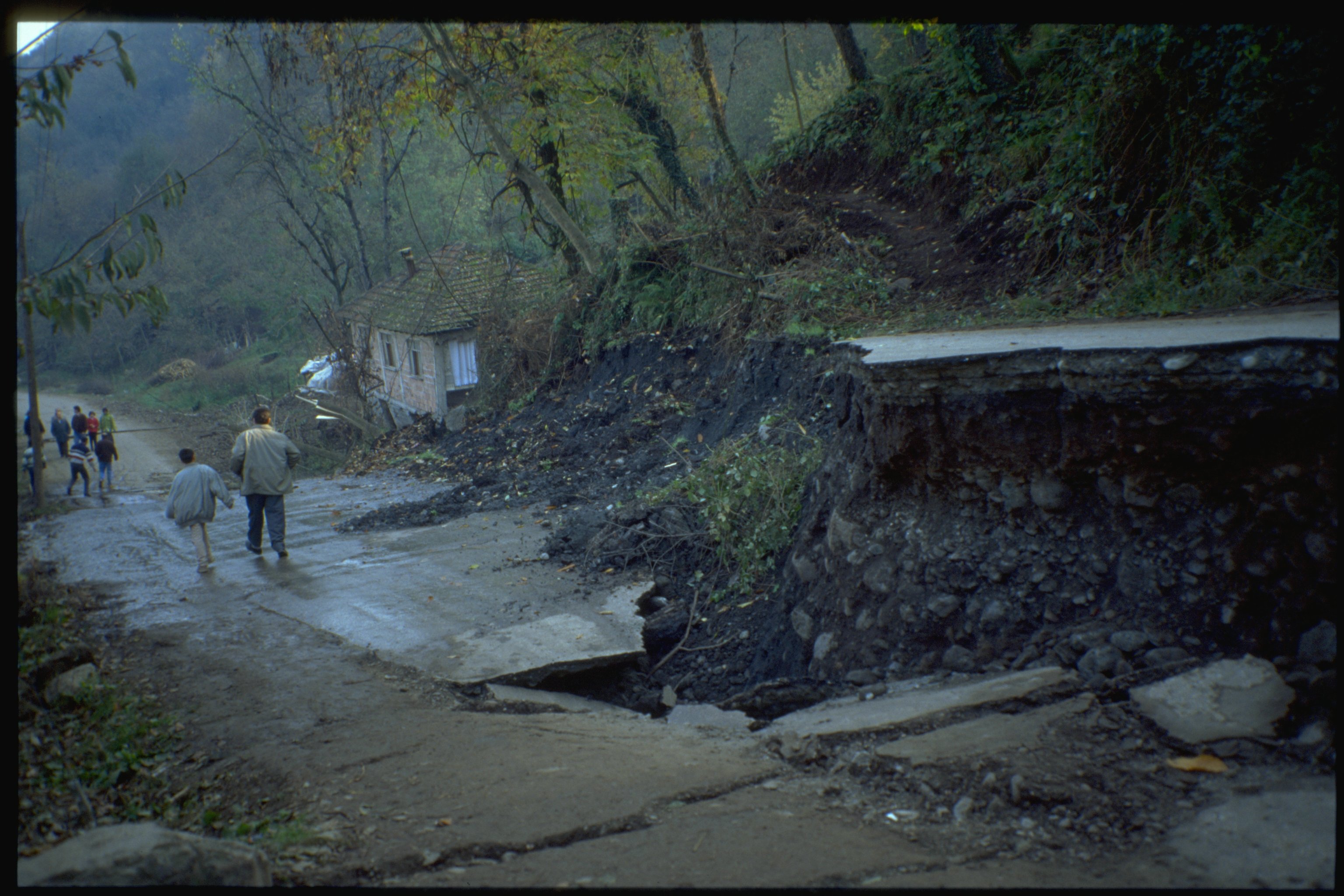All Categories
Featured
Table of Contents
What Is Geophysics? in West Perth WA 2021

(PREM)., and the limits between layers of the mantle are constant with stage transitions.

Schematic of Earth's magnetosphere. Flows from left to.
Inside the magnetosphere, there are fairly thick areas of solar wind particles called the Van Allen radiation belts. Geophysical measurements are usually at a specific time and location. Precise measurements of position, in addition to earth deformation and gravity, are the province of geodesy. While geodesy and geophysics are different fields, the two are so carefully connected that lots of clinical organizations such as the American Geophysical Union, the Canadian Geophysical Union and the International Union of Geodesy and Geophysics encompass both.
Geophysical Methods in Waikiki Aus 2023
A three-dimensional position is calculated utilizing messages from 4 or more noticeable satellites and referred to the 1980 Geodetic Reference System. An option, optical astronomy, integrates astronomical coordinates and the local gravity vector to get geodetic coordinates. This technique only offers the position in two coordinates and is harder to utilize than GPS.
Relative positions of two or more points can be figured out using very-long-baseline interferometry. Gravity measurements became part of geodesy due to the fact that they were required to related measurements at the surface of the Earth to the recommendation coordinate system. Gravity measurements on land can be used gravimeters released either on the surface area or in helicopter flyovers.
Satellites in area have actually made it possible to collect data from not just the visible light region, however in other areas of the electro-magnetic spectrum. The worlds can be identified by their force fields: gravity and their magnetic fields, which are studied through geophysics and area physics. Determining the changes in acceleration experienced by spacecraft as they orbit has actually allowed great details of the gravity fields of the planets to be mapped.
Geophysical Surveying And Mapping Services (Geology ... in Currambine WA 2023

Given that geophysics is concerned with the shape of the Earth, and by extension the mapping of functions around and in the planet, geophysical measurements consist of high precision GPS measurements. As soon as the geophysical measurements have been processed and inverted, the translated outcomes are outlined utilizing GIS.
Numerous geophysics business have actually created in-house geophysics programs that pre-date Arc, GIS and Geo, Soft in order to satisfy the visualization requirements of a geophysical dataset. Exploration geophysics is applied geophysics that frequently utilizes remote picking up platforms such as; satellites, aircraft, ships, boats, rovers, drones, borehole sensing equipment, and seismic receivers.
Aeromagnetic information (airplane gathered magnetic information) gathered using standard fixed-wing airplane platforms need to be corrected for electromagnetic eddy currents that are produced as the airplane moves through Earth's magnetic field. There are likewise corrections connected to changes in determined potential field intensity as the Earth rotates, as the Earth orbits the Sun, and as the moon orbits the Earth.
Geophysics in Mt Helena Australia 2021
Signal processing includes the correction of time-series data for undesirable sound or mistakes introduced by the measurement platform, such as airplane vibrations in gravity data. It also includes the decrease of sources of noise, such as diurnal corrections in magnetic data. In seismic data, electro-magnetic information, and gravity information, processing continues after mistake corrections to include computational geophysics which lead to the last analysis of the geophysical information into a geological analysis of the geophysical measurements Geophysics emerged as a separate discipline just in the 19th century, from the intersection of physical geography, geology, astronomy, meteorology, and physics.
The magnetic compass existed in China back as far as the 4th century BC. It was utilized as much for feng shui as for navigation on land. It was not until great steel needles could be created that compasses were used for navigation at sea; before that, they might not retain their magnetism long enough to be helpful.
By taking a look at which of eight toads had the ball, one could identify the direction of the earthquake. It was 1571 years prior to the first design for a seismoscope was published in Europe, by Jean de la Hautefeuille. It was never built. One of the publications that marked the beginning of contemporary science was William Gilbert's (1600 ), a report of a series of careful experiments in magnetism.
Frequently Asked Questions in Hillman Aus 2023
Dietmar; Sdrolias, Maria; Gaina, Carmen; Roest, Walter R. (April 2008). "Age, spreading rates, and spreading out asymmetry of the world's ocean crust". Geochemistry, Geophysics, Geosystems. 9 (4 ): Q04006. Bibcode:2008 GGG ... 9. 4006M. doi:10. 1029/2007GC001743. S2CID 15960331. "Earth's Inconstant Electromagnetic field". science@nasa. National Aeronautics and Space Administration. 29 December 2003. Obtained 13 November 2018.
Runcorn, S.K, (editor-in-chief), 1967, International dictionary of geophysics:. Pergamon, Oxford, 2 volumes, 1,728 pp., 730 fig Geophysics, 1970, Encyclopaedia Britannica, Vol. Intro to seismology (Second ed.).
Table of Contents
Latest Posts
Geophysical Survey In Archaeology in Samson WA 2023
Geology Careers: Degree Requirements, Cost & Salary in Subiaco Western Australia 2022
Geophysical Surveys: Definition & Methods in Armadale Western Australia 2022
More
Latest Posts
Geophysical Survey In Archaeology in Samson WA 2023
Geology Careers: Degree Requirements, Cost & Salary in Subiaco Western Australia 2022
Geophysical Surveys: Definition & Methods in Armadale Western Australia 2022